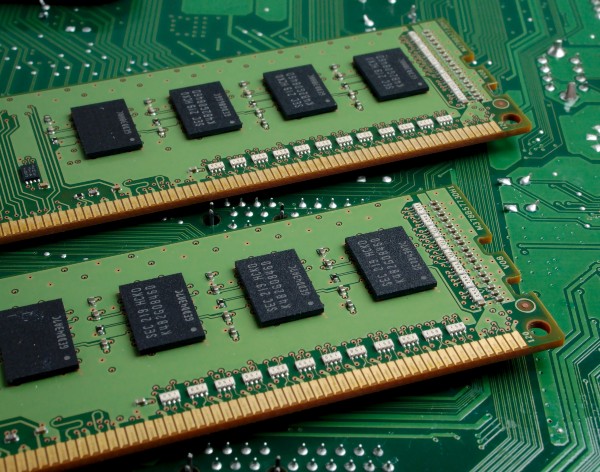Flex PCBs

Flex PCBs are designed to be flexible, lightweight and efficient. They can be bent, folded or twisted to accommodate design needs. They can be placed around edges and folds, and are ideal for use in devices that require connections in all three axes. In addition to being flexible, they are up to 60 percent lighter than rigid PCBs, and take up significantly less space.
Flex PCBs are also known as flex circuits, flex electronics and flex-printed circuit boards. They are able to provide higher circuit density, stronger signal quality and improved impedance control.
What Are Flex PCBs Used For?
Flex PCBs can be found in a variety of industries, including medical, aerospace, military and communications. They are ideal for ultra compact devices such as GPS, tablets and wearable technology. Flex PCBs are used extensively in the transportation industry because they provide resistance to vibration and movement.
Flex PCBs can tolerate harsh operating environments and can be used when the PCB needs to be waterproof, shock-proof, corrosion resistant or able to withstand oil at high temperatures.
How Complex Are Flex PCBs?
When fabricating flex PCBs, it is important to consider exactly how flexible the PCB needs to be. If it is either too rigid or too flexible, the PCB can break when it is manipulated.
Flex PCBs require very little to no wiring, which reduces wire connection failure, and increases product reliability. While they are quite easy to install in low-tech applications, they become more difficult to assemble as their complexity increases.
Flex PCBs also have a higher material cost than rigid or rigid-flex PCBs. Additionally, they are easily damaged if handled improperly, sensitive to scratching and are difficult to repair.
The manufacture and assembly of flex PCBs fairly similar to traditional PCBs. However, fabricating flex PCBs does require special clamping to hold the material in place during manufacture. High-volume production of complex flex PCBs may require the use of continuous web processing, or “reel to reel” processing.
Our skilled PCB designers have the knowledge to configure flexible PCBs for a variety of project needs. To speak to them about your project, contact Via Technology today!
